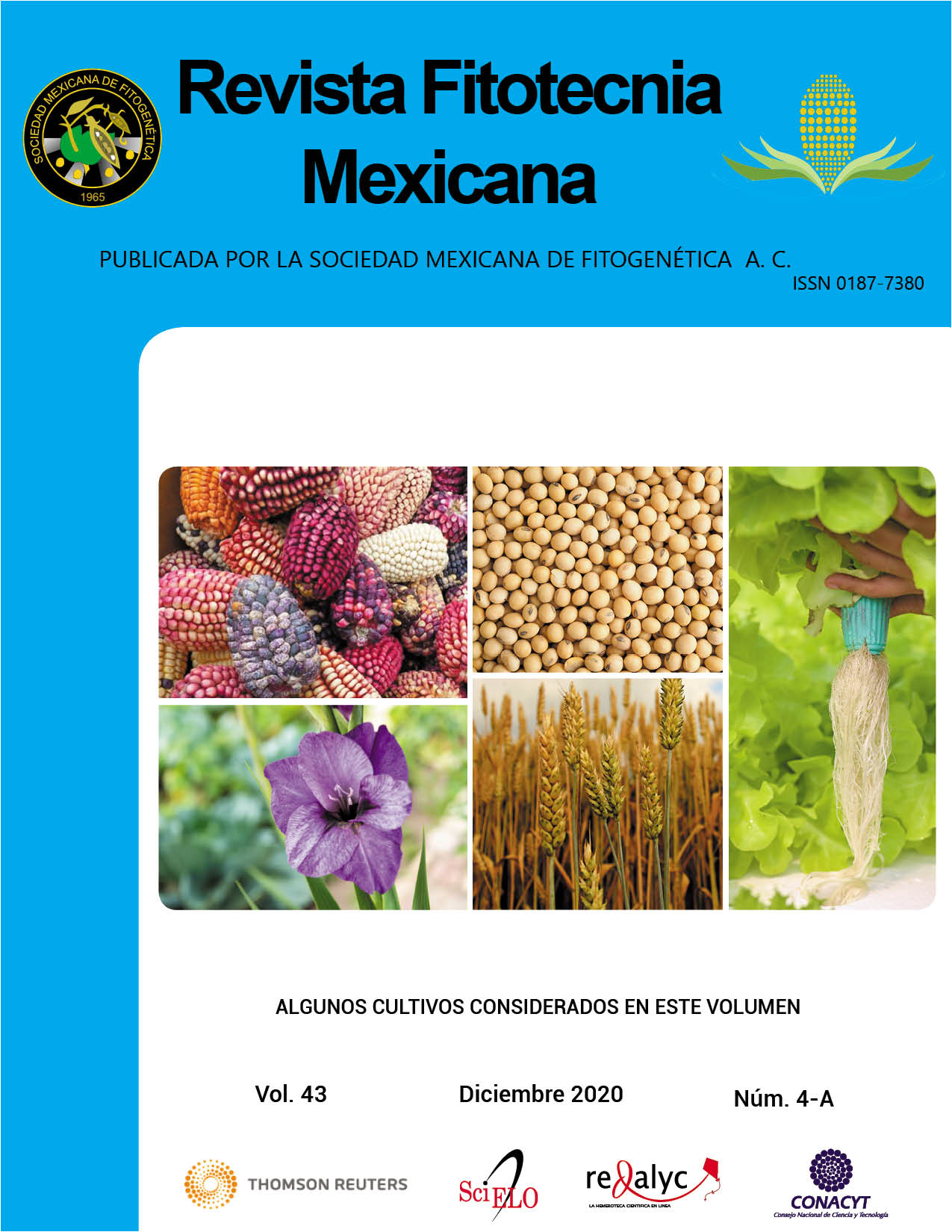DIFFERENTIAL EXPRESSION OF ARF8-IAA25-like-TIR1 COMPLEX ON THE POST-POLLINATION SYNDROME OF TWO GENOTYPES OF VANILLA
Main Article Content
Abstract
The transition from flower to fruit (TFF) is a critical process in the reproduction of angiosperms. Its regulation responds to a hormonal mechanism that involves genes from the ARF, Aux/IAA and TIR1 families; however, its functioning in plants with post-pollination syndrome, such as orchids, is not yet known in detail. In this sense, knowledge about the molecular processes that direct the TFF, will allow to address problems such as the ‘premature fall of fruit’, that affect the cultivation of vanilla worldwide. In order to describe the TFF process in vanilla (Vanilla planifolia Andrews), the relative expression level (RE) of the VpARF8, VpIAA25-like and VpTIR1 genes was analyzed by qPCR for 45 days after pollination (dap), in a ‘fruit fall-tolerant genotype’ (CH-I) and another ‘susceptible’ (CH-VI). RNA isolation and cDNA synthesis were performed, and the RE was quantified. Expression data were analyzed using two-factor ANOVA (genotype and development time) and Heatmap cluster analysis (genes, genotype, development phase). The results indicated significant differences in the RE levels of the VpARF8 and VpTIR1 genes during the 45ddp, without variation between genotypes, while VpIAA25-like gene presented differences only between genotypes. In the multivariate analysis, two expression profiles were distinguished confirming that in vanilla, pollination and fertilization occur at different times due to post-pollination syndrome. Particularly, in the CH-I genotype fertilization occurs around 45ddp, while in the CH-VI genotype it is not observed. The expression levels of the three genes show changes during the post-pollination syndrome of V. planifolia and suggest that the phenomenon recognized as ‘premature fruit drop’ is a genotype-dependent effect defined by a difference in the regulation mechanism of the auxin metabolism.

